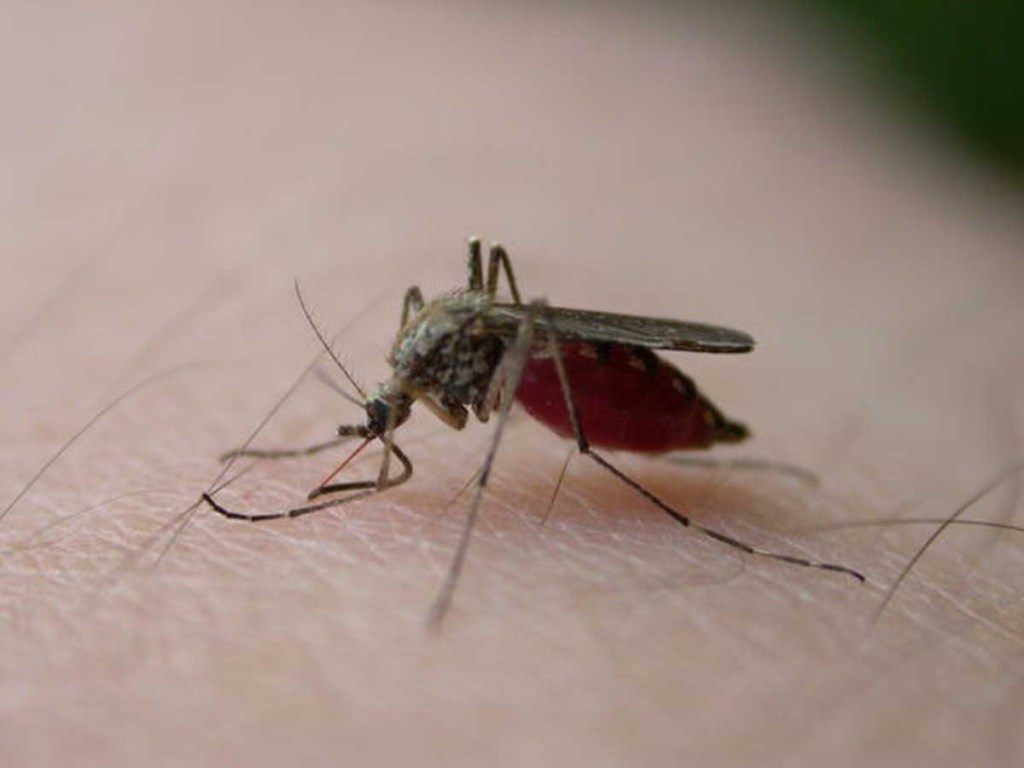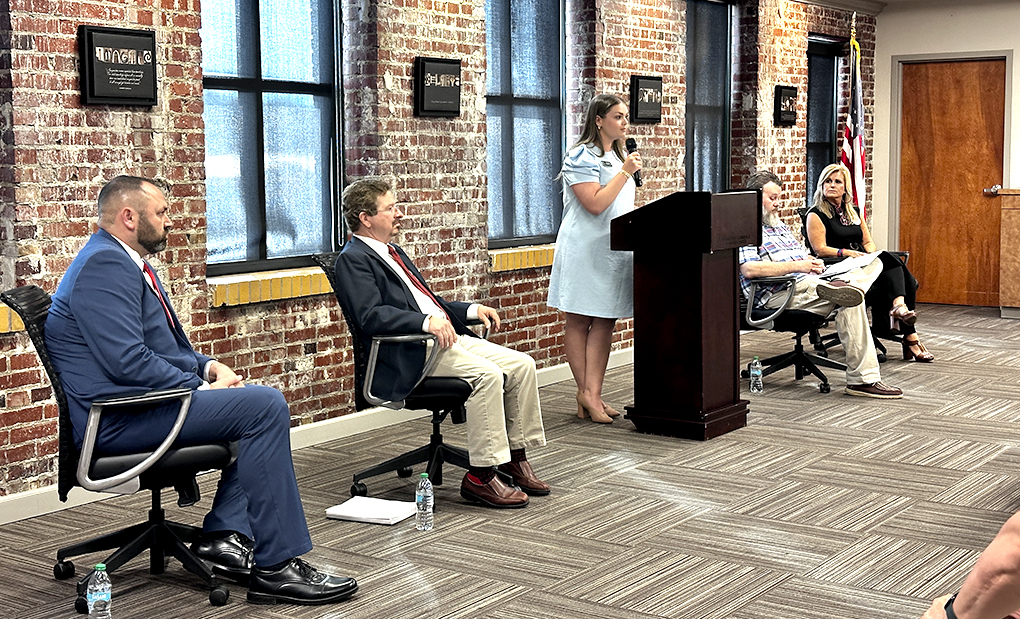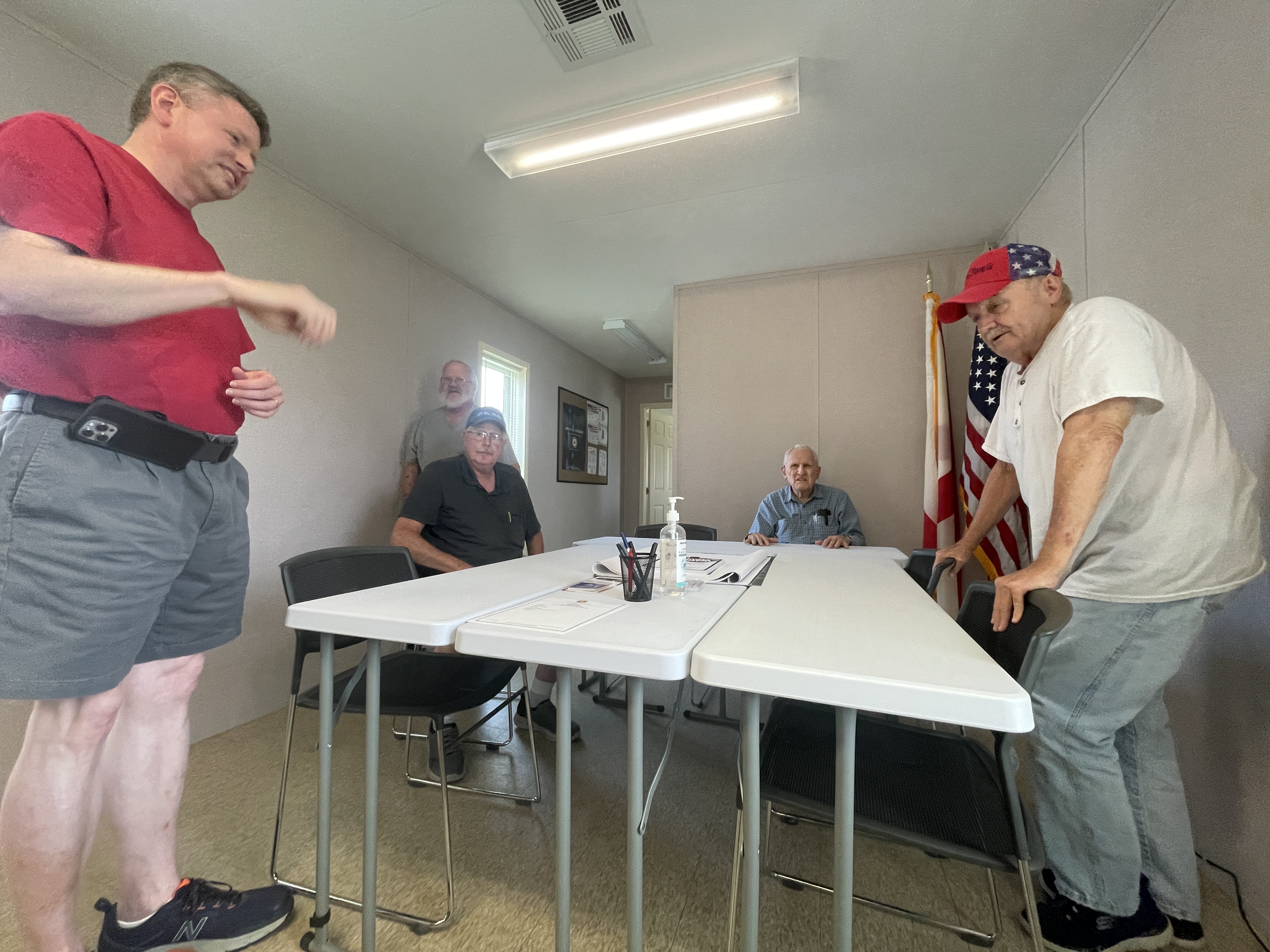The government asked innovators to combat Zika. Nearly 900 responded to the call.
Published 7:00 am Thursday, August 11, 2016

- Zika
The call for applications was broad and immediate: As the Zika virus was spreading throughout the Americas, the U.S. Agency for International Development wanted innovators with bold solutions to step forward. Nearly 900 did so, and officials winnowed them down to 21 of the most promising ideas this week.
Those ideas included sexually transmitted bacteria that limit mosquitoes’ ability distribute the disease, as well as specialty sandals that would help protect people from bites. There are solutions that employ mobile apps and diagnostic tests, and even those that use infrared light and electric force fields.
The threat of Zika has taken on new significance to the U.S. government as domestic cases continue to surface. Public health officials have warned pregnant women to avoid a small portion of Florida, an area home to the first confirmed cases of Zika contracted inside the United States. The death of a Texas newborn, whose mother had traveled to Latin America, was linked to the virus earlier this week.
Now, officials at USAID hope some of the ideas generated as part of their “grand challenge” can help slow the spread of the virus and eventually prevent future outbreaks, said Wendy Taylor, the director of the agency’s Center for Accelerating Innovation and Impact. The ideas were chosen based on the size of their impact and how quickly they could be used in the field, she said.
Monash University in Australia and Michigan State University were among the winners . Both schools have projects whereby mosquitoes in a lab are exposed to wolbachia, a natural bacterium, and then mate with mosquitoes in nature. Wolbachia is transmitted to the resulting offspring, making them incapable of spreading Zika and other diseases to humans.
Two research teams at Stanford were also awarded grants. One has developed an app for flip phones (which are still used in the developing world) called MosquitoFreq. It can identify a species of mosquito based on sound emitted from its wings. Some scientists think mosquitoes infected with Zika may fly differently and thus produce a unique sound, Taylor said.
An entire category of the competition called for innovative ideas to protect individuals and households from mosquito bites. The winning proposals include sandals, outdoor fabric and indoor wall hangings that are treated with long-lasting mosquito repellent so that they protect people even when people don’t remember to apply repellent regularly.
The “grand challenges” have become a way for USAID to cast a wide net for solutions to global problems. The agency funded 14 projects to combat Ebola as part of a grand challenge in 2014. Taylor said half of those projects are on the market today, with others poised to follow suit.
“It really has been quite an effective tool. It’s opened up these problems to a whole new array of solvers throughout the world and really allowed us to get much more creative and innovative solutions,” Taylor said.
As USAID learned with the Ebola challenge, disease outbreaks don’t happen on an innovator’s timeline. The solutions are needed now, whether or not the technology is ready. This time around, however, the agency funded projects that are likely to come to market in the near term, as well as ideas that may not be ready until the next major health crisis.
” [Zika] is something we expect to be around for the next several years as it weaves throughout the world,” Taylor said. “When we built our portfolio of innovations, I think we have a mix of things. Some are farther along, they have proof of concept but need to be field tested on a broader scale. Some of the others are these big, transformational ideas that may have longer time horizons.”
The agency plans to announce more winners later this month. They will share $30 million in grant money.
You can read a brief synopsis of all 21 winning ideas at https://www.usaid.gov/sites/default/files/documents/1864/Zika-Portfolio-Snapshot-FINAL-4.pdf.





